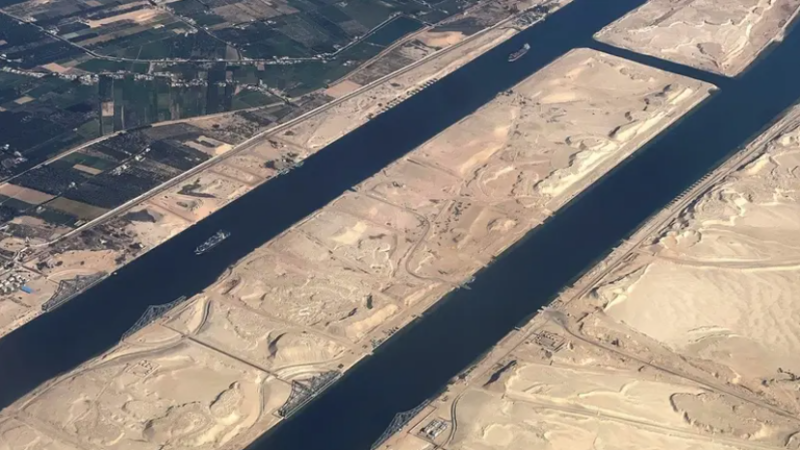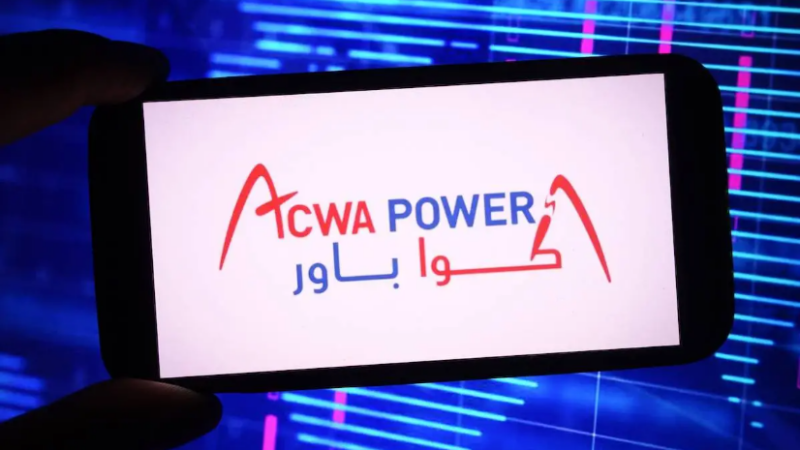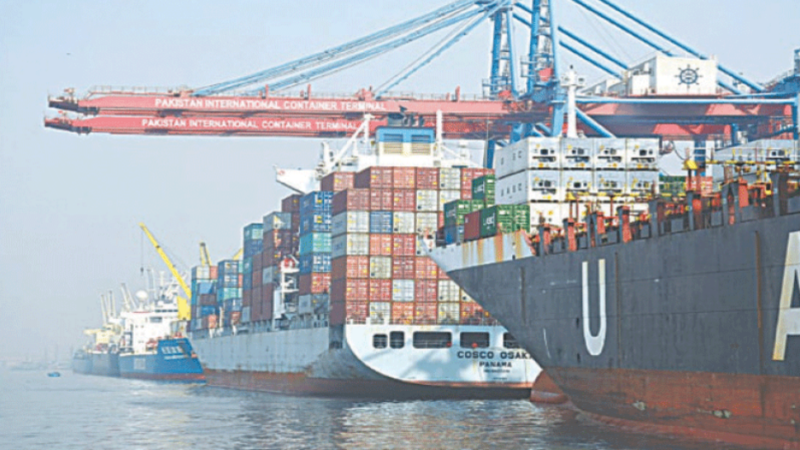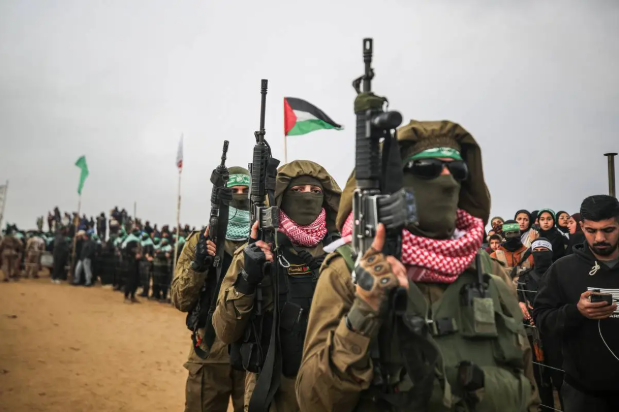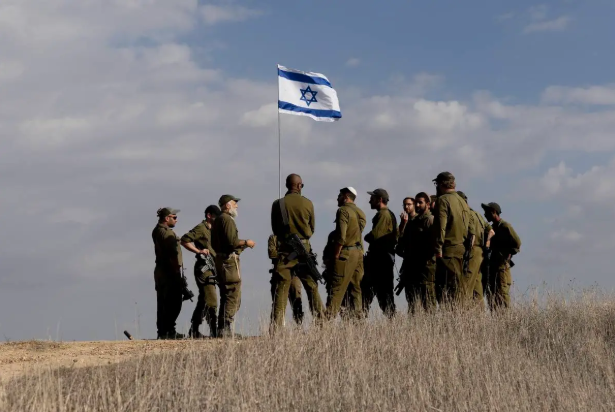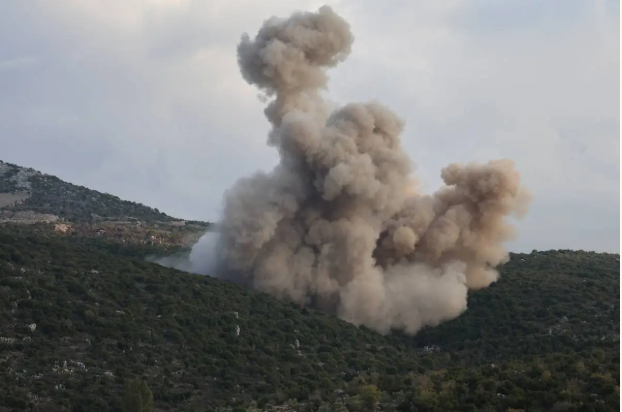Factbox: What became of the ‘Arab Spring’?
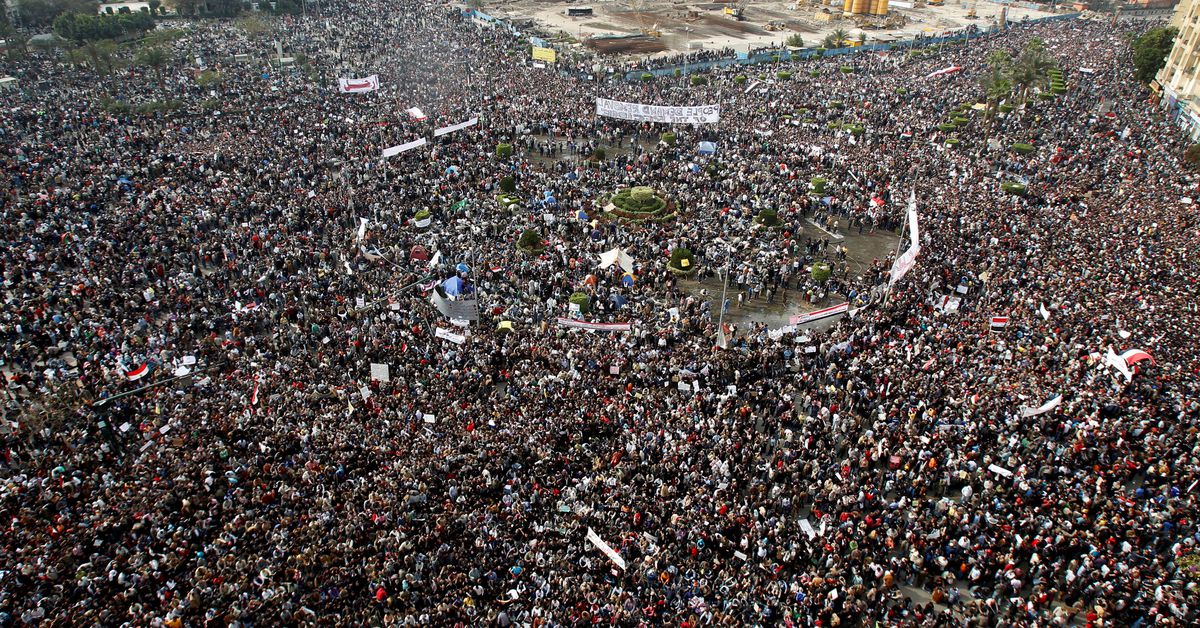
July 25 (Reuters) – Tunisian President Kais Saied is set to secure more power under a new constitution that is expected to pass in a referendum on Monday, in what critics fear is a march to one-man rule over a country that rose up against dictatorship in 2010. read more
Saied’s opponents fear the changes will deal a major blow to democracy in Tunisia, widely seen as the only success story of the “Arab Spring” uprisings against autocratic rule that elsewhere ended in renewed repression and civil wars.
Here’s a recap of how the Arab Spring panned out for the countries affected:
Register now for FREE unlimited access to Reuters.com Register
TUNISIA
Fruit seller Mohammed Bouazizi set himself on fire on Dec. 17, 2010 after a local official confiscated his barrow.
Protests spread from his town, Sidi Bouzid, across the country, turning deadly. President Zine el-Abidine Ben Ali fled on Jan. 14, 2011, inspiring revolts elsewhere.
Tunisia held a first democratic election that October, won by the moderate Islamist Ennahda which had been banned under Ben Ali.
A new constitution establishing a parliamentary system was agreed in 2014, and Tunisians choose their lawmakers and president in free and fair elections, most recently in 2019.
However, economic troubles caused hardship and disillusionment. Illegal emigration to Europe increased. The economy, heavily dependent on tourism, was hit particularly hard by COVID-19.
In July 2021, President Kais Saied froze parliament and sacked the government – moves his opponents called a coup but which were welcomed by those Tunisians who were fed up with political bickering and paralysis. read more
A year later, Saied called a referendum on a new constitution that strengthened the presidency, capping what his opponents called a march to one-man rule. Saied has said freedoms will be protected. read more
EGYPT
President Hosni Mubarak had been in power since 1981, but massive anti-government protests began on Jan. 25, 2011 as activists called a “day of rage”, inspired by Tunisia. As hundreds of thousands of protesters massed after Friday prayers three days later, Mubarak deployed the military.
Protests gathered momentum, police were pulled from the streets and the army stood back until Mubarak stepped down – to be tried in August on charges of abusing power and killing demonstrators.
The once-banned Muslim Brotherhood won the 2012 election but a year later the military, encouraged by anti-Brotherhood protests, toppled the new president, Mohamed Mursi, who was put in prison and died in 2019.
Army chief Abdel Fattah el-Sisi replaced him as president. Rights groups documented abuses in a crackdown on dissent and the military faced a long-running insurgency from Islamist militants in Sinai.
Mubarak died a free man in 2020 aged 91, the case against him having been dropped in 2014.
YEMEN
Crowds took to the streets against President Ali Abdullah Saleh from Jan. 29, 2011, aggravating splits in the army and between political blocs. Saleh was hurt in an assassination attempt in June 2011, forcing him to seek treatment in Saudi Arabia.
Gulf states brokered a transition deal including a “national dialogue” aimed at resolving Yemen’s problems, with Saleh’s old deputy Abd-Rabbu Mansour Hadi to be president until elections.
With an al Qaeda insurgency raging in the east, Sanaa faced new problems in the north from the Iran-allied Houthi group and from a revived southern secessionist movement.
In 2015, after the Houthis seized Sanaa, Saudi Arabia and its allies began a military campaign to keep Hadi in power – a war that soon reached bloody stalemate, aggravating food shortages and cholera outbreaks.
Ex-president Saleh was killed in a roadside attack in 2017 after switching sides, abandoning the Iran-aligned Houthis for the Saudi-led coalition.
A U.N.-backed ceasefire took effect in April, 2022 and Hadi, who had spent years in exile in Saudi Arabia, was replaced by a presidential council.
LIBYA
In first Benghazi and then Misrata, protests broke out in February, 2011, soon turning to armed revolt against Muammar Gaddafi’s 42-year rule.
In March, the United Nations Security Council declared a no-fly zone to protect civilians from Gaddafi’s forces and NATO started air strikes to halt their advance on Benghazi.
By August, rebels had seized Tripoli and in October Gaddafi was captured hiding in a drainpipe outside his hometown of Sirte and killed.
Local militias seized hold of territory and, as chaos took hold, the country split in 2014 between western and eastern factions. The U.N. helped broker a political agreement in 2015, but in practice the country stayed divided and Islamic State seized control of Sirte for more than a year.
In 2019 eastern commander Khalifa Haftar launched a new war, assaulting Tripoli for 14 months before his forces turned back. By now the conflict was international, with Russia, the UAE and Egypt backing Haftar and Turkey the Tripoli government.
A U.N.-backed election – part of a peace process aimed at knitting Libya back together – was cancelled in December, 2021 for reasons including disputes over the rules.
In March 2022, the Sirte-based parliament appointed a new prime minister but the government based in Tripoli refused to step down, leaving Libya split between rival administrations.
BAHRAIN
On Feb. 14, 2011, the biggest protests in years erupted in Bahrain as demonstrators echoed the Egyptian crowd’s call for a “day of rage” to demand the ruling monarchy grant democracy.
As protesters and police clashed over the coming weeks, sectarian tensions rose in a country where many majority Shi’ite Muslims had long chafed against the Sunni ruling dynasty.
On March 14, neighbouring Sunni kingdom Saudi Arabia sent tanks across the causeway linking it to Bahrain to guard major installations. The authorities declared martial law and cleared protesters from the camp that had become their symbol.
Protests continued for months, leading to at least 35 deaths, but the monarchy suppressed the uprising and restored control.
SYRIA
When the first protests began to spread through Syria in March, 2011, President Bashar al-Assad sent in security forces and there was a wave of arrests and shootings.
By July, protesters were taking up arms and army units were joining the gathering revolt, later backed by Gulf monarchies and Turkey, as Assad hit back with air strikes. Full-blown war erupted.
As chaos engulfed the country, the Islamic State group in 2014 seized a swathe of territory, drawing a U.S.-led coalition to back Kurdish fighters in the northeast.
Support from Russia, Iran and Lebanon’s Shi’ite Hezbollah movement helped Assad claw back control over much of the country, defeating the rebels in areas including Aleppo and Eastern Ghouta from 2015-18.
By the end of the decade, hundreds of thousands were dead and more than half the country’s pre-war population was displaced with the country partitioned between Assad, Turkey-backed rebels and Kurdish-led groups.
(This story refiles to clarify roles of police and army in Egypt)
Register now for FREE unlimited access to Reuters.com Register
Writing by Angus McDowall and Tom Perry; Editing by William Maclean
Our Standards: The Thomson Reuters Trust Principles.

